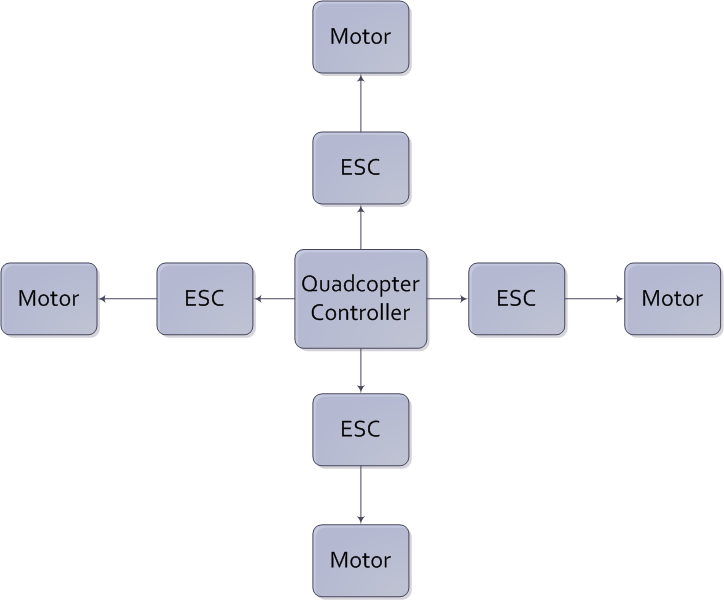Well I eventually got the PCBs back from being made and built it up. I then powered up the board and there was smoke…..
Turns out I made a mistake choosing the 5V regulator. It turns out he one I used Microchip MCP1826S has a max input voltage of 6V and I tried to power it with 12V…oops. But I can replace it with the good old LM7805 which I had laying around. Afterwards I noticed that even if the MCP1826S would accept a 12V input, with the power dissipation of a linear regulator stepping down 12V to 5V it would have gotten very hot possibly overheated. This is shown below.
Since the input is 12V and the out put is 5V that means there is 7V across the pass transistor of the linear regulator. According to the datasheeet for the MCP1826S the thermal resistance of the junction temperature to ambient temperature for the SOT223 package is 62°C/W
The max curent of the circuit should be about 110mA so:
 So using the Thermal Resistance from the LDO datasheet of 62
So using the Thermal Resistance from the LDO datasheet of 62°C/W I get a junction temperature of 70.74°C which is hot but not enough to over-heat the chip but the 62°C/W was assuming a 4 layer PCB which wold be more thermally dissipative than my 2 layer PCB so the actual temperature will be higher than 70.74°C, Also it will heat up the PCB which could affect the sensor accuracy since they drift with changes is die temperature. To be safe on the next revision of the board I will use the LM7805 in a TO-220 package which has a much lower Ambient to unction Thermal Resistance and it is a through hole part so it will not heat up the PCB as much.
There were other problems with this revision that will have to be cleared up on the next revision:
- I used a level shifter on the PWM output to shift the 3.3V PWM from the microcontroller to 5V since I read in some forums that some ESCs do not work with 3.3V logic. The only problem is it turns out the level shifter I chose only works with voltages 3.3V and lower…oops guess I need to double check the datasheets before I send these things off. Luckily the ESCs I have work with 3.3V so I can mod these boards to work.
- I wasn’t too happy with the noise performance of the analog sensors the output of the Kalman filter was still bouncing around 1-3 degrees when the system was at rest. I bought a breakout board from Sparkfun with a digital accelerometer and digital gyroscope and got much better results. Changing to a digital sensors also allos me to use 1 3-axis gyroscope chip and I can remove some other parts like the analog reference. The noise performance is shown in the graphs below:
Andrew





